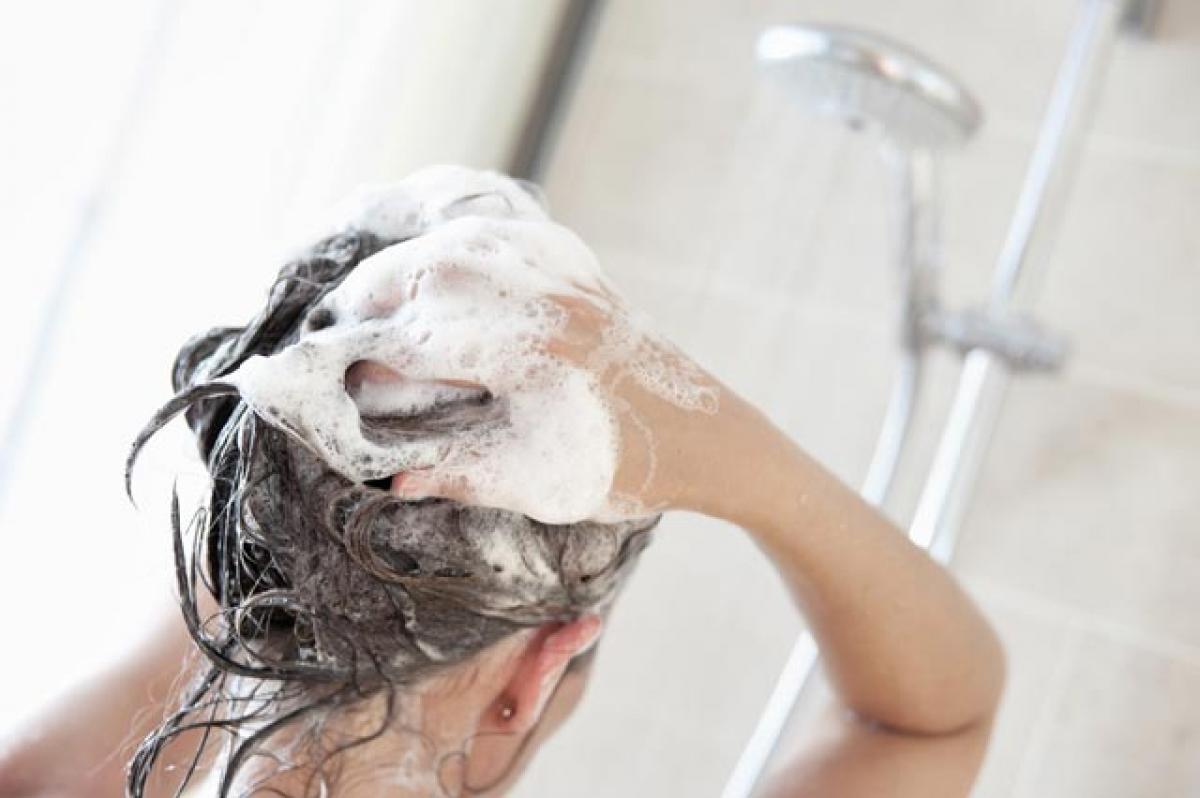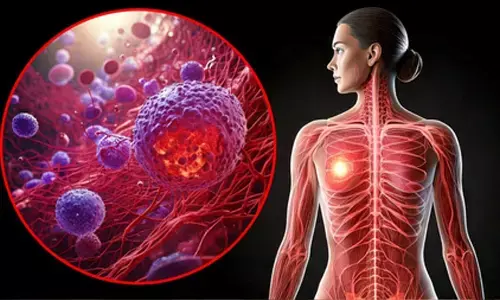Tech revolution to shampoo better

Ever struggled with a shampoo bottle in trying to get the last drop out or the last bit of a hand wash, dish wash or laundry detergent? Worry not as researchers, including one of Indian-origin, have found a way to create the perfect texture inside plastic bottles to let soap products flow out freely.
Ever struggled with a shampoo bottle in trying to get the last drop out or the last bit of a hand wash, dish wash or laundry detergent? Worry not as researchers, including one of Indian-origin, have found a way to create the perfect texture inside plastic bottles to let soap products flow out freely.
The new technology involves lining a plastic bottle with microscopic "y-shaped" structures that cradle the droplets of soap aloft above tiny air pockets so that the soap never actually touches the inside of the bottle. "Manufacturers are really interested in this because they make billions of bottles that end up in the garbage with product still in them," said Bharat Bhushan, Professor from Ohio State University.
The "y" structures are built up using spray-coating a small amount of solvent and ultra-fine silica nanoparticles onto the inside of bottles. Mixing the silica and solvent to the surface of the polypropylene the common plastics used to package foodstuffs and household goods softened it just enough, so that when the plastic re-hardened, the silica got embedded in the surface.
The structures are only a few micrometers millionths of a meter-high and covered in even smaller branchlike projections. The main branches of the "y" overhang the plastic surface at an angle less than 90 degrees steep enough that water, oils and even surfactant can't physically sustain a droplet shape that would fall in between the branches and touch the plastic.
Surfactants the organic molecules that make soap "soapy"have a very low surface tension and stick to plastic easily. "It was an extra challenge for us to make a surface that could repel surfactant as the plastic bottles end up with air pockets underneath that gives them a liquid repellency," explained Philip Brown, post-doctoral Student at Ohio State.
But, "we embedded a hard material directly into the polymer surface, so we know it's durable," Brown added in a paper published in the journal Philosophical Transactions of the Royal Society.

















